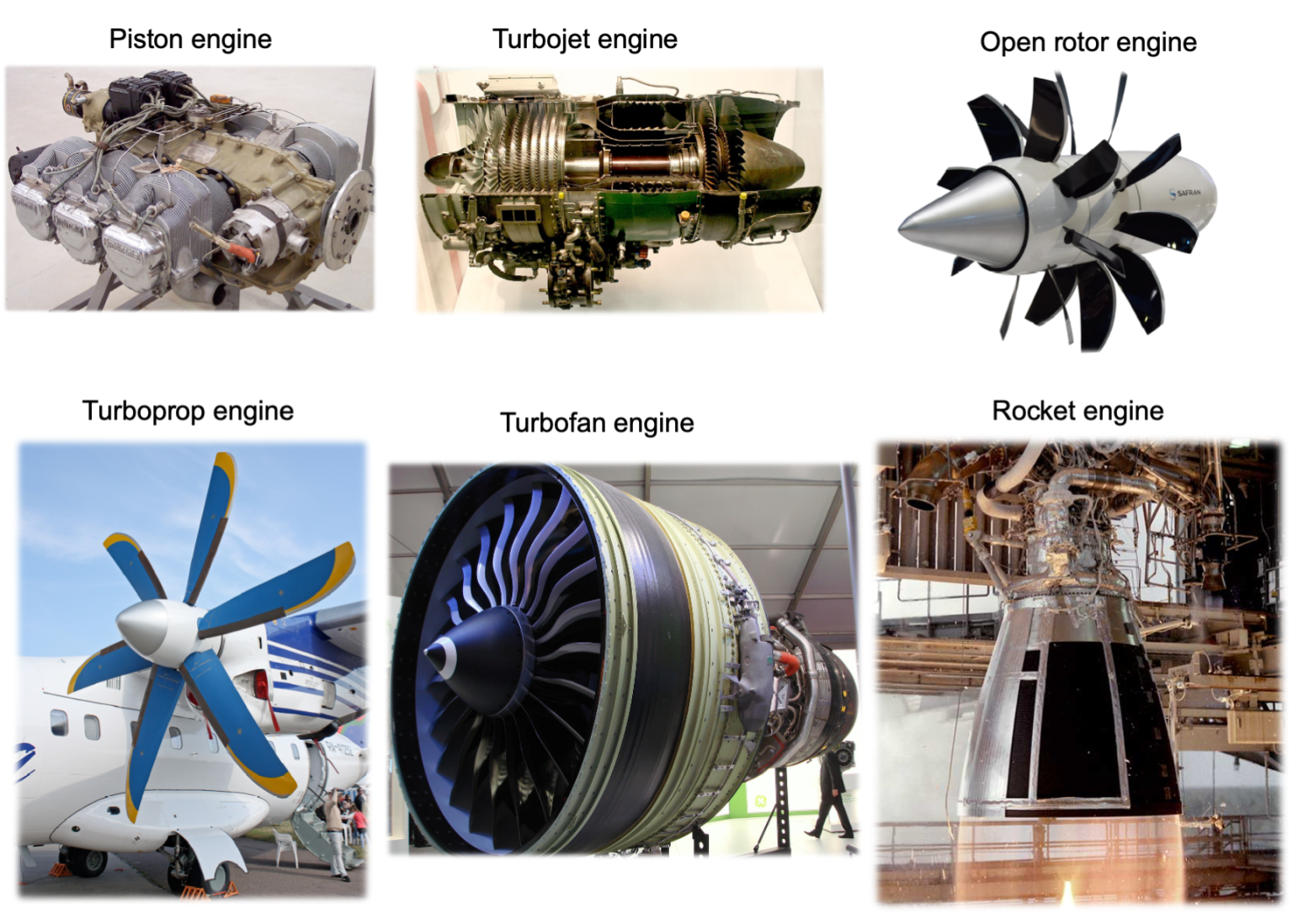Jet propulsion along with rocket propulsion works on the principle of Newton’s 3rd law of motion, where we harness velocity for a projectile by throwing high speed matter in the opposite direction.
The most common form of creating such high speed matter, is to combust a fuel and direct it as required. That is how all Internal Combustion (IC) engines work in automobiles.
Like an IC engine, a jet engine does not carry the oxidiser required to combust the fuel. The oxidiser is borrowed from the surrounding environment. In an automobile, petrol is the fuel that is sprayed into the piston along with oxygen rich air and then sparked to make the combust.
The more compressed and oxygen rich the air, the more energy is generated post combustion. Jet engines are an advanced version of IC engines where turbines or high speed surrounding air is used to improve compression of oxidiser to generate higher energy able to sustain flight. Along with this propellers and nozzles are used to generate additional directional thrust.
In comparison a rocket engine carries both the oxidiser and fuel since the applications involve propulsion in spaces with no surrounding environment.
Classification of Jet Propulsion Technologies

- Turbojet engine: uses gas turbine for compression and thrust generation. Efficient for high speed operations.
- Turbofan and Turboprop engine: uses propellers to generate lift or thrust. Fuel efficient at low speeds and take offs.
- Ramjet: does not include any moving parts, depends on high velocity of surrounding air.
- Scramjet: supersonic combustion ramjet
Additional reference for each type of engines listed above: Propulsion Systems by erau